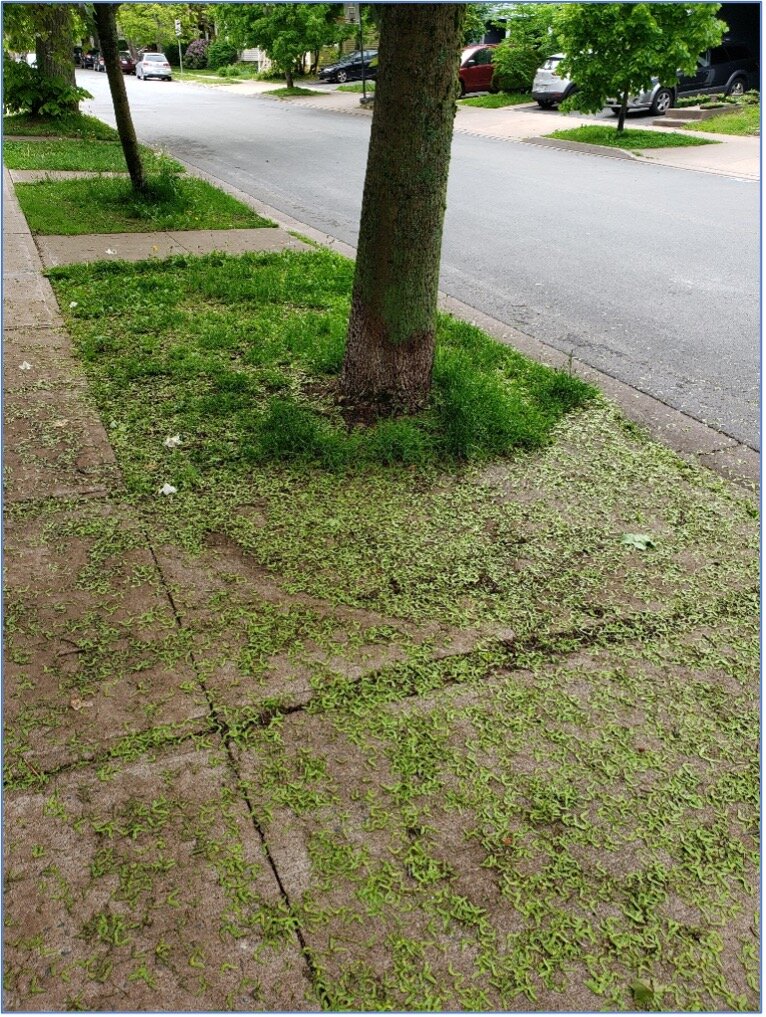Urban-Tree Downsides Mitigation
There are few good things in life that have no downsides. Trees are not one of those things. We have just written a set of articles – 22 of them – explaining a wide range of urban-forest values. These values represent the upsides of trees – why we should want lots of them in the city. Now we turn our attention to the downsides of trees in the city. Our list was created from our experiences, our discussions, and also the urban-forest literature on ecosystem disservices. Since we are writing for a Halifax audience, some disservices that may exist in other cities will not be discussed here – for example, the issue of watering trees in arid cities.
Our approach to tree disservices has two elements. The first is to explain what the disservice is all about. The second deals with mitigation – how can the urban forest be managed in such as way as to alleviate the downsides? Here is the list of urban-tree downsides with which we will start this series – if you can think of any others that we should include, please alert us and we’ll see what we can do!
Infrastructure damage: lifting of sidewalks and curbs
Infrastructure damage: power lines and buildings during storms
Allergies
Nuisance litter (e.g., flowers, sap drip, bark, seeds/fruits, leaves, twigs/branches)
Interference with leaky drainage pipes
Nuisance shade
Engendering feelings of danger
Provide habitat for annoying wildlife
Increased financial costs to nearby residents
Gentrification issues
More trees mean more maintenance; equipment is usually powered by fossil fuels
Potential to introduce invasive trees and insects
Potential for wildfire to consume buildings









